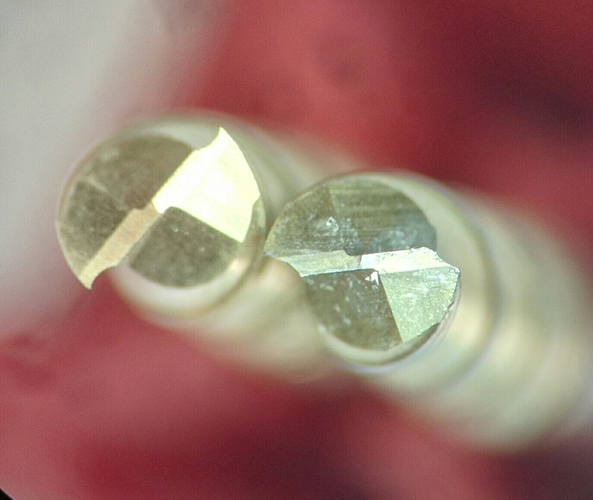The primary reason for not using compressed air - usually 100 PSI in shops (but it can be higher) - for clean up (in metal machining) is that the air blast sends razor sharp swarf all over the place - into spindles, gears, bearings, belts, and rods. But this a factor when machining all substances.
This is VERY unhealthy to a mill; in the old days we were taught to sweep up first, then vacuum. Most of time, a vacuum was unnecessary. The swarf could also damage the vacuum as much or more than the mill.
Trying to blow things in a safe direction is practically impossible. It is just not done in practice.
Don’t forget that particles can get into lubricants too, decreasing their effectiveness.
Things become more complex - and dangerous - when friable (“easily crumbled”) materials (e.g. wood, MDF, FR4, Garolite, fiberglass, carbon composite) are machined. Now there is a host of particles generated, many in the range that are EXTREMELY damaging to the lungs and immune system. The last thing we want is to loft these particles unnecessarily. There are also issues of carcinogens, teratogens, toxics, and viruses - wood is the main culprit. Plants generate defenses to insects and have a mixture of chemicals and other things that can be pretty nasty.
Although not as “tough” as metal swarf, wood, plastic, and other particles getting thrown around can also land up in spindles, gears, rods, bearings, and so forth… not good for the overall life of a machine and possibly affecting the accuracy and precision of the machine.
A dust head brings a vacuum near the work and has an excellent chance of confining the swarf to within the dust head (it doesn’t get all over the price) and it can remove the smaller particles that are so health damaging BEFORE they accumulate (as they are generated).
It is true that compressed air can be used as a lubricant - look up a vortex tube - but this requires very critical positioning of the air stream. This is also generally done (only) with metals and by set up - the air isn’t blown UP - the air is blown TO THE SIDE.
At the end of the job, one still have to clean up - brush and vacuum (if necessary).
I machine MANY JOBS with a dust head in place… even when no vacuum is being used. This confines the mess. The geometry of the job, and the fixtures determines when the dust head stays or goes. An air stream for metal machining WITH a dust head - even with no vacuum - works really well.
I’m not a big fan of the propellers attached to spindles because of the unnecessary lofting. The potential health issues are DEAD SERIOUS so I use a dust head and vacuum. With experience and simulation (before the job goes on the machine) there is little need to be able to see things (you get used to it). If there is any unbalancing, increased spindle wear is also possible (but this should be small).
Al alloy is notorious for being sensitive to chip clearance. One has to get the swarf out of the work area ASAP… but this is a general problem. All those little pieces slamming in the end mill is disastrous to the end mill and the stock. This is why many have seen the videos of high end mills practically bathing the stock in lubricant (which is mostly water by the way). This is primarily for swarf removal, not lubrication.
Here is a good article that should help:
http://www.cnccookbook.com/CCCNCMillFeedsSpeedsFloodCoolant.htm
Swarf (chip) clearance is more important than the lubricant issue.
Since lubricants are expensive and generally have to be recycled like car oil, the industry have been moving towards alternatives - micro drop, fog, cold air, etc. - even pure water!
mark



 those tiny, thin corners just chip off after, apparently about an hour.
those tiny, thin corners just chip off after, apparently about an hour.